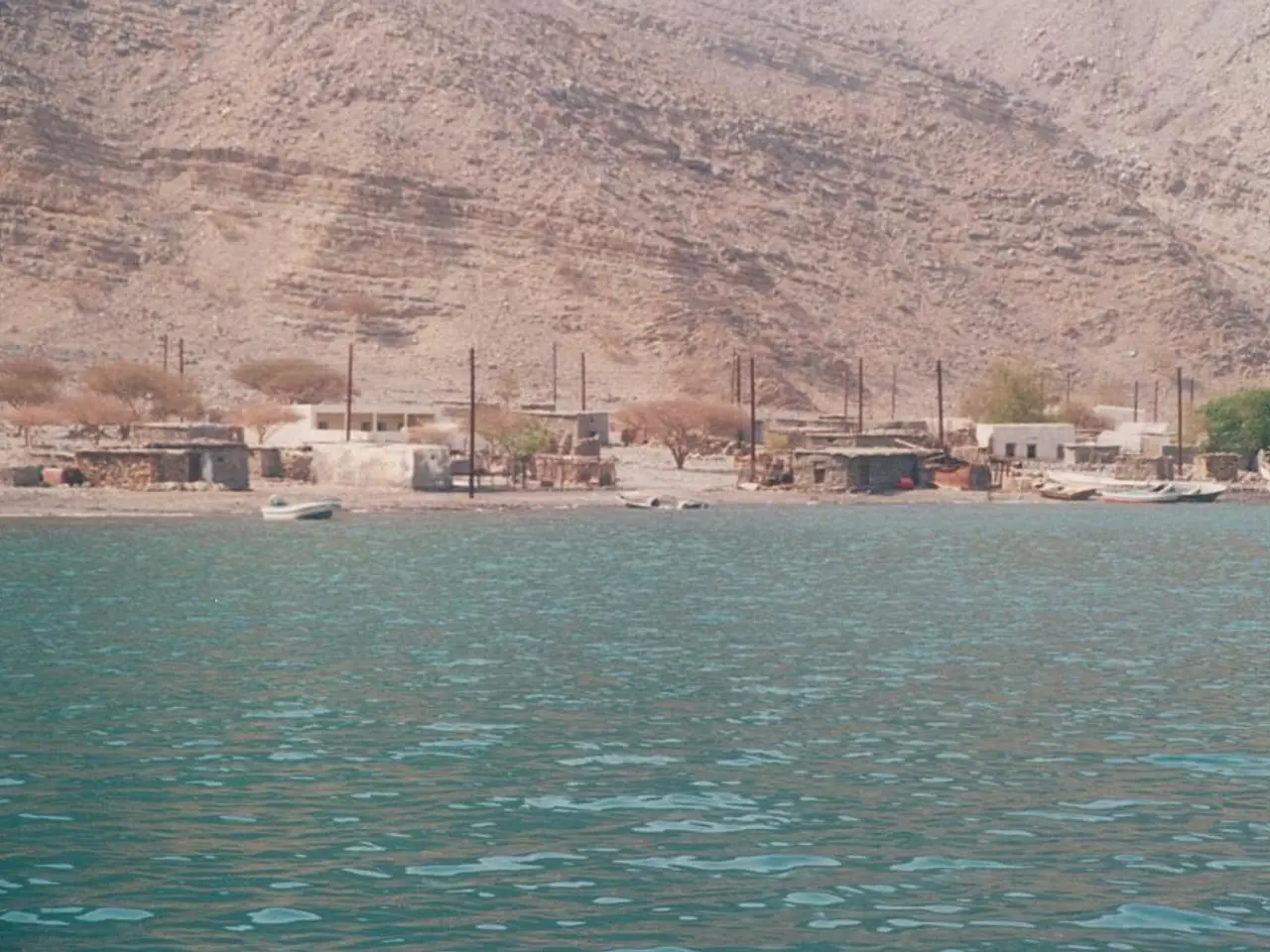Yakutia's leader proposes raising the limits on treasury loans for northern imports.
In response to economic pressures and the unique challenges posed by remote and harsh northern regions, the Russian government is considering increasing treasury credits for northern supply in Yakutia, Kamchatka Krai, and Chukotka.
The Governor of Yakutia, Aisen Nikolaev, and the Governor of Chukotka, Vladimir Kunzayev, have both expressed the need for additional funding for northern supply, despite treasury credits reducing expenses in these regions. Nikolaev and Kunzayev did not specify the amount by which they want to increase the volume of treasury credits. Similarly, the Governor of Kamchatka Krai, Vladimir Solodov, has also supported the idea of increasing credit limits, without specifying the amount.
Yakutia currently lacks 9.5 billion rubles for northern supply, with interest rates on treasury credits at 25-26% per annum. The current amount of treasury credits for northern supply in Yakutia is 4.9 billion rubles, and the region is mobilizing 39 billion rubles for northern supply this year, including 4.9 billion in treasury credits.
The northern supply complex includes measures to supply the Far North with goods via air, river, and sea transport, including the Northern Sea Route. This complex is crucial for these remote regions, as it helps maintain supply chains and infrastructure, ensuring social and economic stability.
The increase in treasury credits for northern supply reflects the government's response to economic pressures, harsh geographic and climatic conditions, and the need to maintain supply and economic stability in these remote regions. The impacts are expected to be supportive but carry associated financial risks that necessitate careful fiscal and monetary management.
Enhanced financial resources could help mitigate supply chain disruptions and support local businesses and infrastructure projects vital for these remote areas. It may also ease some pressure on the regional labor markets, where skilled workers are in short supply. However, given the overall cautious economic outlook, including risks of rising non-performing loans and financial instability in some sectors, this increased credit allocation must be managed carefully to avoid adding to systemic risks.
The absence of direct data means the exact additional funding amount cannot be specified. However, given the noted escalation in non-performing loans and financial pressures on employers, additional treasury credits would need to be substantial enough to cover rising costs and potential credit risks. The central bank’s hawkish policy stance and cautious monetary policy suggest that any further funding would also need careful macroeconomic balancing to avoid inflationary or financial stability risks.
In summary, the increase in treasury credits for northern supply in Yakutia, Kamchatka Krai, and Chukotka is a significant move aimed at ensuring the continued supply of goods to these remote regions and maintaining economic stability. The impacts are expected to be supportive but require careful fiscal and monetary management to avoid financial risks. Exact additional funding specifics are not publicly disclosed but would have to address both infrastructure and credit risk concerns.
- The business community and political leaders in Yakutia, Kamchatka Krai, and Chukotka, recognizing the financial challenges in their northern regions, have called for an increase in treasury credits to support the northern supply industry.
- The finance sector plays a crucial role in this situation, as the availability and cost of treasury credits directly impact the viability of business operations and infrastructure projects in these remote regions.
- The proposed increase in treasury credits for northern supply is part of a larger strategic initiative to navigate the unique economic pressures and general-news issues faced by these regions, ensuring their social and economic stability.




